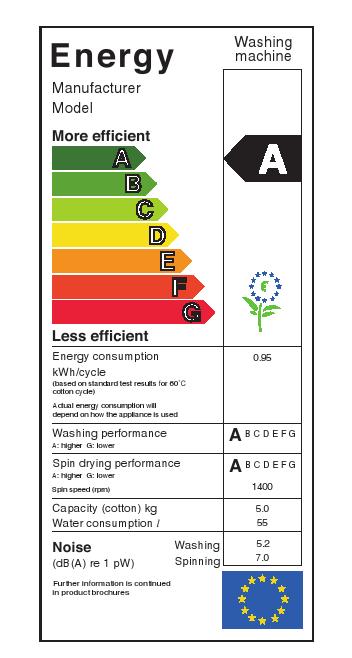The Toblerhome Environmental Policy
I am extremely environmentally conscious so why am I using so much concrete and in places only insulating the toblerhome to the minimum legal standard?
Pollutants vs. Carbon
In my opinion all the carbon offsetting nonsense is about safeguarding national fuel infrastructure rather than being primarily from environmental concern.
My environmental 'policy' is about the total lifecycle of the toblerhome. Most other environmental impact assessments I've seen don't fully consider the disposal of the building. Although I'm hoping this is a long long time in the future I'd like there to be a plan of how and where all the materials will be disposed of.
The recent changes to the fuel conservation parts of the building regulations mean an increase in the amount of polyurethane used by the building industry. Polyurethane has rapidly become the main material used to insulate walls but as far as I can see it isn't renewable or that great for the environment. The main problem is that it just doesn't break down. This gives the potential for reuse which is the manufacturers' prime argument for it's environmental sustainability. So at a building show I asked Kingspan (probably the biggest producer in this country) where I could buy reclaimed polyurethane board. As I suspected it is too inexpensive and after being cut to fit a given building is not financially viable to resell. Reuse and resale is just not practical so this is a really weak argument for a material which will not break down in a land fill for hundreds of years.
Existing structure
I know I'll be forced to use some polyurethane in the roof space as I'll be keeping the existing joists and need to obtain the legal minimum insulate value. Polyurethane is the only material that will achieve this in the joist depth available.
Most wall designs place at least some insulation between the room's airspace and the structural components of the design. I have opted for Foamglas, a load-bearing insulation, to insulate under the concrete slab and behind the walls of the basement. This allows me to use this mass of concrete as a heat store to keep the house a stable temperature. I expect this to be most noticeable during the summer when I'll use it to keep the house cool by pumping water around the underfloor heating.
Globally, the production and use of concrete is one of the biggest producers of carbon dioxide which as I've ranted about is an environmental issue but not in my opinion as much of a problem as the use of unsustainable materials or those with a poorly considered life-cycle such as polyurethane. If it had been possible to work within the space constraints of the toblerhome but with a more environmentally efficient material such as lime, I would have.
Toblerhome Environmental Goal
I think the term 'environmentally friendly' is a bit wishy washy where as 'environmentally more friendly' is a quantifiable goal. It allows you to compare alternative methods for achieving the same ends. If the carbon offsetting nonsense had been more carefully considered it would have an environmental impact metric against every product. Much like the A-G energy efficient scale for consumer electronics and aircraft.
Giving the costs and a simple environmental impact metric would make it possible to clearly define the environmental policy of any decision making, not just building a house. Borrowing from the A-G energy ratings, imagine for instance growing some tomato plants in compost where A grade compost is locally produced and sustainable but costs twice the amount of G grade peat, an unsustainable resource which depletes from a unique habitat. Without having to know the details of what makes 'G' unsustainable you could make an informed decision with relation to cost.

Example Energy Efficiency Sticker.
The problem with this huge simplification of A-G impacts categories is that differing views on environmental impact would result in differing metrics for the same product/activity. For example – locally sourced compost made from kitchen waste wouldn't be classed as an organic product where as the peat based compost would be. The former reduces landfill and the frequency that household refuse collection is required. The later irreparably destroys wetlands.
The lack of a simple but considered impact metric leads me to opt for a Soil Association style approach instead. They choose a more rounded approach to environmental issues which is also commercially realistic. The transport and source of nutrients would both be considered in food production. An alternative approach could be that of an individual consumer who only considers the health benefit of organic food rather then the combined environmental impact.
Sustainability is key so all decisions will be based around my opinion that pollutants are by far the biggest environmental issue rather then energy and it's carbon based metric.
Decisions So Far
Quite a few decisions during the structural aspects of the build are governed by the structural engineer or building regulations. Examples of other clearly defined decisions will be added to the following list as they are encountered -
- FSC vs. Non-certified Timber – FSC costs 5-20% more but is certified as from a sustainable source.
- Reclaimed Wood of Unknown origin vs. FSC wood – Reclaimed won as reuse is always more sustainable then new.